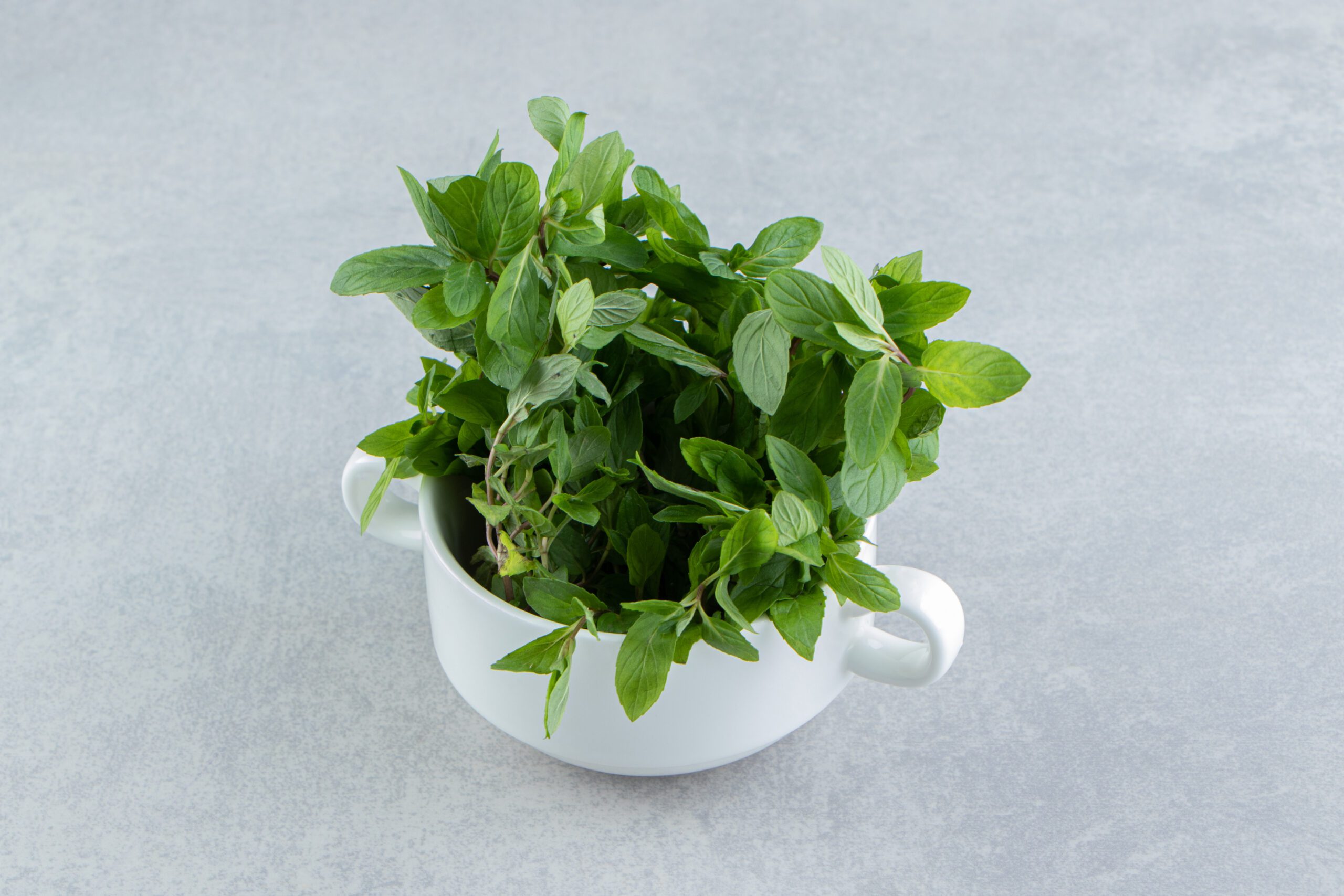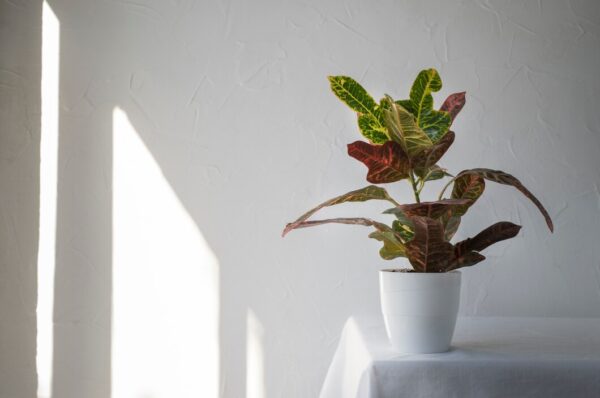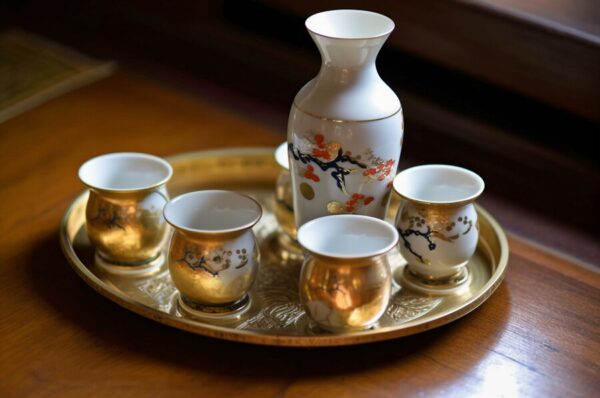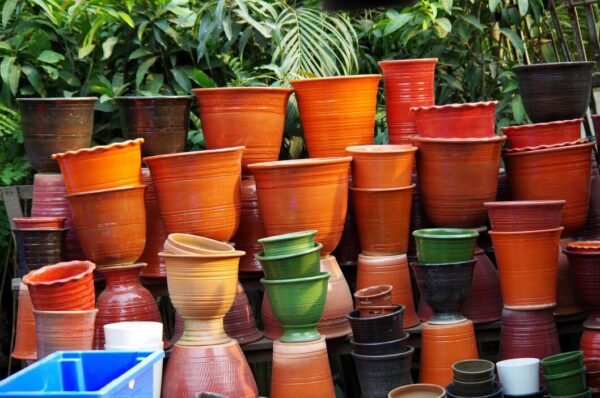The Tulsi plant, also known as Holy Basil, holds a special place in Indian households. Revered for its spiritual, medicinal, and purifying properties, Tulsi is not just another plant—it’s a symbol of devotion and wellness. But to truly benefit from the presence of Tulsi in your home, you need to know how to nurture it properly.
We’ll walk you through everything you need to know about how to take care of Tulsi plant and why choosing the right Tulsi planter can make a big difference in its growth and health.
Why Growing a Tulsi Plant Matters
Growing a Tulsi plant isn’t just about greenery—it’s a tradition deeply rooted in Indian culture. It’s believed that Tulsi plants bring positivity and purify the surroundings. Scientifically, Tulsi also improves air quality by releasing oxygen and absorbing harmful gases.
Whether you grow it on your balcony, terrace, or inside your home near a window, having a healthy Tulsi plant adds serenity and a fresh vibe to your space.
How to Take Care of Tulsi Plant
Taking care of Tulsi is not difficult, but it does require attention to detail. Here are the essentials:
1. Choose the Right Location
Tulsi loves sunlight. It needs at least 4–6 hours of direct sunlight daily to grow. Ideally, place the plant near an east-facing window or on a sunny balcony where it gets soft morning sun. If you are growing it indoors, make sure the plant gets enough indirect light during the day.
2. Use a Good Quality Planter
The right planter is crucial for Tulsi’s healthy growth. A planter with good drainage is essential because Tulsi dislikes stagnant water around its roots.
If you’re looking for a perfect option, explore our specially designed Tulsi Planter. It’s made with eco-friendly materials, has the ideal drainage system, and complements both traditional and modern home aesthetics beautifully. Plus, it’s designed to provide the perfect balance of moisture and air circulation that Tulsi roots need!
3. Soil Requirements
Tulsi prefers well-draining soil that’s rich in nutrients. A good potting mix would include garden soil mixed with organic compost or cow dung. Make sure the soil remains slightly moist but not soggy. Overwatering can lead to root rot, one of the most common problems with Tulsi plants.
Pro tip: Mix a little sand into the soil if you find that it stays wet for too long.
4. Watering the Tulsi Plant
Water your Tulsi plant moderately. The best practice is to water it once the topsoil feels dry to the touch. During hot summer days, you might need to water it daily. However, in cooler months, reduce the frequency to avoid overwatering.
Always water the plant in the morning. Watering at night can make the plant vulnerable to fungal infections.
5. Pruning and Maintenance
Tulsi needs regular pruning to stay healthy and bushy. Pinch off the flowers once they start appearing because flowering can reduce the leaf production, and it might signal the plant to finish its life cycle sooner.
By pruning regularly, you encourage the plant to grow more side branches, making it fuller and healthier. You can also occasionally remove any dried or yellowing leaves to keep the plant looking fresh.
Common Issues and How to Fix Them
Even if you’re doing everything right, sometimes the Tulsi plant can face a few problems:
- Yellow leaves: Usually a sign of overwatering or poor drainage.
- Wilting plant: May occur if the plant isn’t getting enough water or sunlight.
- Pests: Tulsi is generally pest-resistant, but sometimes aphids and spider mites can attack. Use a mild neem oil spray if needed.
Always keep an eye on your plant’s health and act quickly if you notice any changes.
Special Care Tips for Tulsi Plant
- Avoid touching the Tulsi plant with dirty hands.
- During monsoons, make sure the plant isn’t waterlogged.
- If your Tulsi grows too tall, trim it to maintain a manageable height.
- Offer water and light diyas occasionally if you are spiritually inclined; it’s said to boost the plant’s energy as well as the home’s atmosphere.
Why a Dedicated Tulsi Planter Makes All the Difference
Traditional homes often had a Tulsi Vrindavan in the courtyard—a beautiful structure dedicated solely to the plant. In today’s modern apartments, having a special Tulsi Planter replicates that spirit in a simple yet stylish way.
Our Tulsi Planter at HOCC is designed with care, keeping both the plant’s needs and the aesthetic vibe of Indian homes in mind. It provides the right environment for Tulsi to grow healthily while adding a graceful touch to your decor.
Whether you are starting a new spiritual practice, creating a green nook, or simply adding positivity to your living space, having a dedicated Tulsi Planter makes it all the more special.
Learning how to take care of Tulsi plant is a rewarding journey. With a little attention, the right soil, proper watering habits, and a well-designed planter, your Tulsi plant can thrive and continue to bless your home for years.
Ready to give your sacred Tulsi the perfect home? Browse our Tulsi Planter Collection and bring a piece of tradition and tranquility into your space today.






Comments (2)